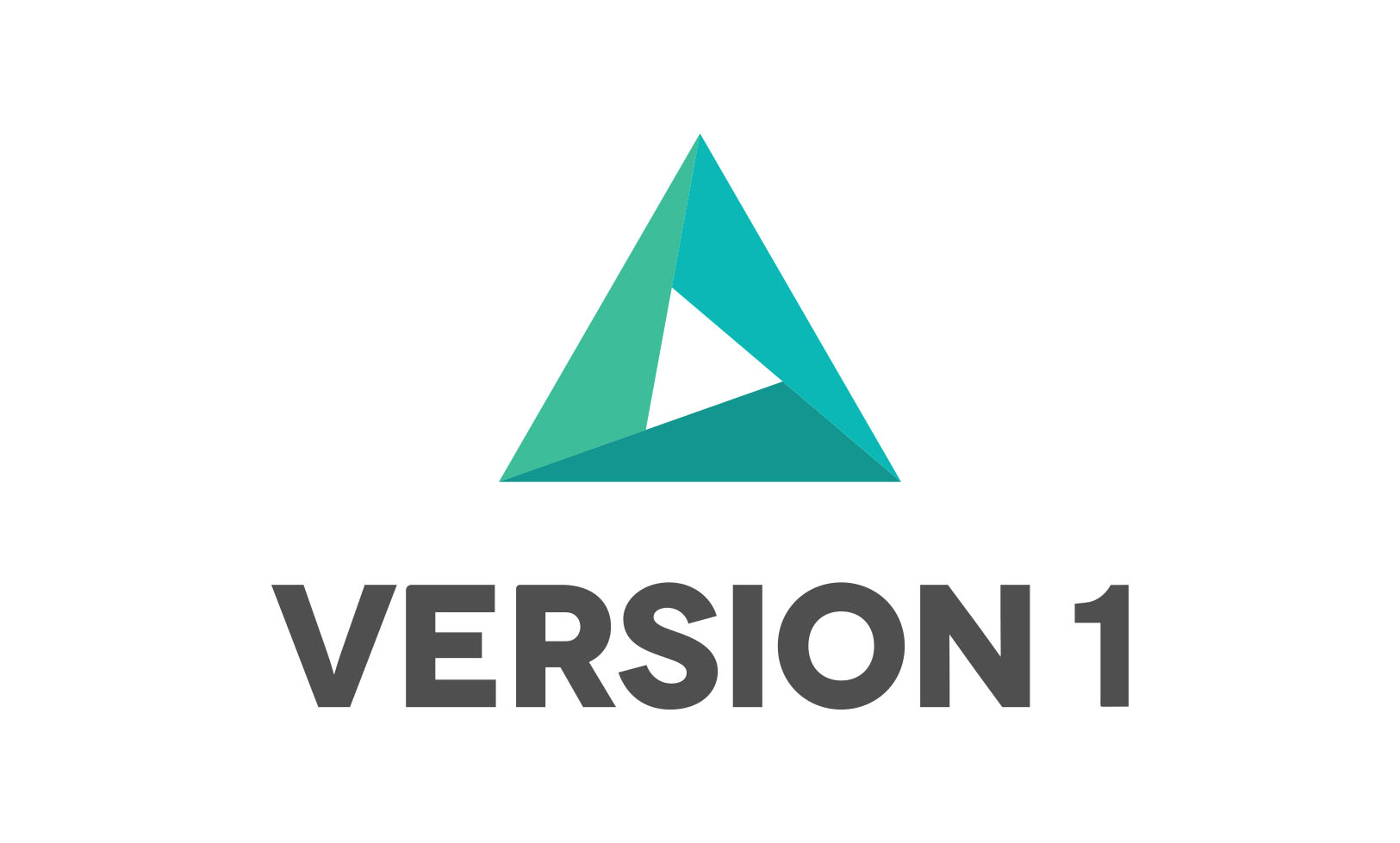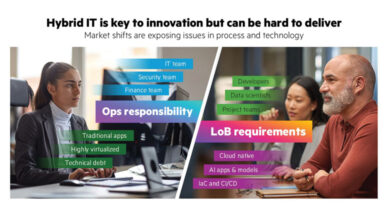Setting up for digital success: Public sector transformation with the end user in mind

Digital transformation is no longer the buzzword it once was. It has become an organisational imperative, necessary for continuing to deliver services effectively in an increasingly digital world. It can, however, be a time-consuming and expensive process, making it difficult to justify failures, writes Ronan Laffan, Head of Digital Advisory, Version 1.
Digital transformation failures still happen on a regular basis. Only last year, an expert evaluation of the UK Government’s commitment to digitise the National Health Service (NHS) found progress to be inadequate. Given the budget constraints facing the public sector and the importance of the services it provides, more needs to be done to ensure the success of its transformation projects.
A key element of this is taking a user-centric approach from the very beginning. Embarking on a transformation project for the sake of it, or for the sole purpose of updating old technology, is not enough. To ensure success, organisation leaders must put people at the centre of their transformation efforts and ensure that any technology introduced is there to serve user needs.
The need for a different approach
Part of the challenge with digital transformation in the public sector is that it often arises out of necessity, rather than a proactive approach to improving services. It is frequently triggered by legislative changes, the need to replace outdated technology, or in response to risk – such as the cyberattack on Ireland’s health service in 2021.
Yet, while this reactive approach may still help with achieving compliance, it overlooks the core of what digital transformation should be about: improving services for citizens. This can often lead to failure in addressing the problems faced by end users, resulting in non-adoption of the new technology, and wasted expenditures and efforts that do not yield the intended benefits.
Additionally, viewing transformation from a purely technical standpoint can severely limit its longevity. Technology is developing at an accelerated pace and if you are upgrading tech solely because it is outdated, chances are it will soon become outdated again.
Of course, that is not to say that the technology is not an important part of the process – it absolutely is – but public service organisations must also consider the holistic experience of end users and how digital services can provide continuous and integrated experiences.
Setting off on the right foot
To improve the chance of success, the digital transformation process needs to be realigned. The capabilities of modern technology have evolved considerably, offering organisations incredible new efficiencies, but to really reap the benefits, organisations must first establish goals linked to business outcomes and user needs; then introduce technology as a means of achieving them.
This will, of course, require research before any transformation is started. Whether this takes the form of surveys or focus groups, organisations should begin by establishing the pain points users are facing, how they can improve the service, and what is needed to deliver that change.
Additionally, businesses need to have a firm understanding of their current IT landscape before implementing any changes. Knowing the ins and outs of their current applications, infrastructure, processes, AI maturity level, and data will provide organisations with a reliable benchmark and a great way to measure future success.
Not only will this help government bodies make more informed decisions now, but it can also encourage a more future-forward approach. Conducting research regularly will highlight how preferences and needs are changing, providing organisations with the insights needed to stay agile and pivot services further down the line.
This approach not only applies to systems used by citizens, but it should also be taken when upgrading services for public sector employees. By involving staff from the beginning of the transformation process, organisations can benefit from their knowledge of current technology and processes – including where any potential bottlenecks might be – and use this to tackle the major challenges they are facing.

The path to success
The success of digital transformation in the public sector hinges on a commitment to address the needs of users, rather than just the integration of new technologies. It requires a user-centric approach from the beginning, so government organisations can pinpoint exactly what the transformation is expected to achieve, greatly mitigating the risk of failure and non-adoption.
Continuous research and feedback from users will help to ensure transformations meet with their needs, as well as putting organisations in a better position to adapt quickly to any future changes.
Furthermore, given the extremely complex, and costly nature of a transformation project, it is crucial to have a full understanding of the IT landscape that is being transformed, including the applications, infrastructure, business processes and data.
Version 1’s enterprise architects play a vital role across its customer base as they help determine and redefine the enterprise IT landscape, establish architecture principles and develop enterprise frameworks to catapult organisations swiftly into the digital age.
If you would like to learn more about how Version 1 and its public sector clients are leveraging Enterprise Architecture effectively, especially in areas like cloud adoption, data management, application development, and optimising business processes, visit: www.version1.com/enterprise-architecture-round-table/

E: ronan.laffan@version1.com
W: www.version1.com





